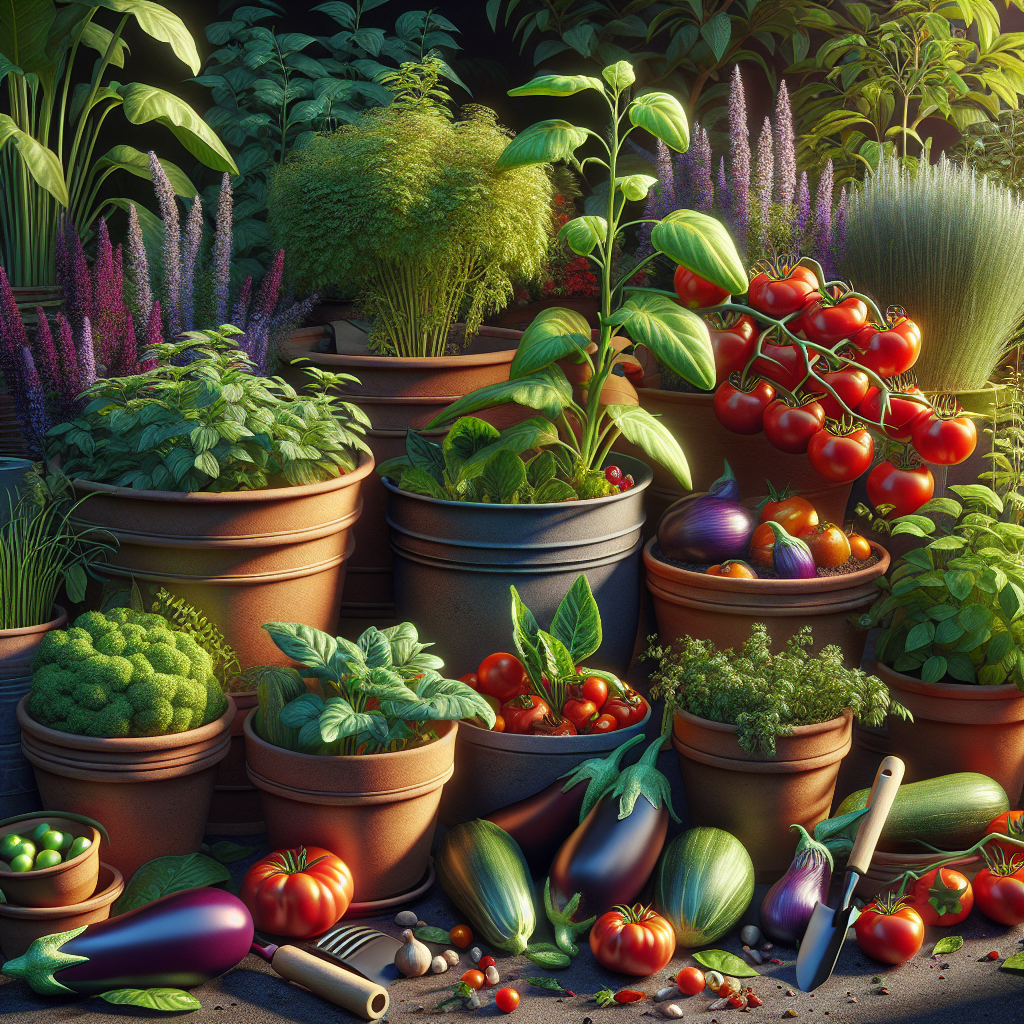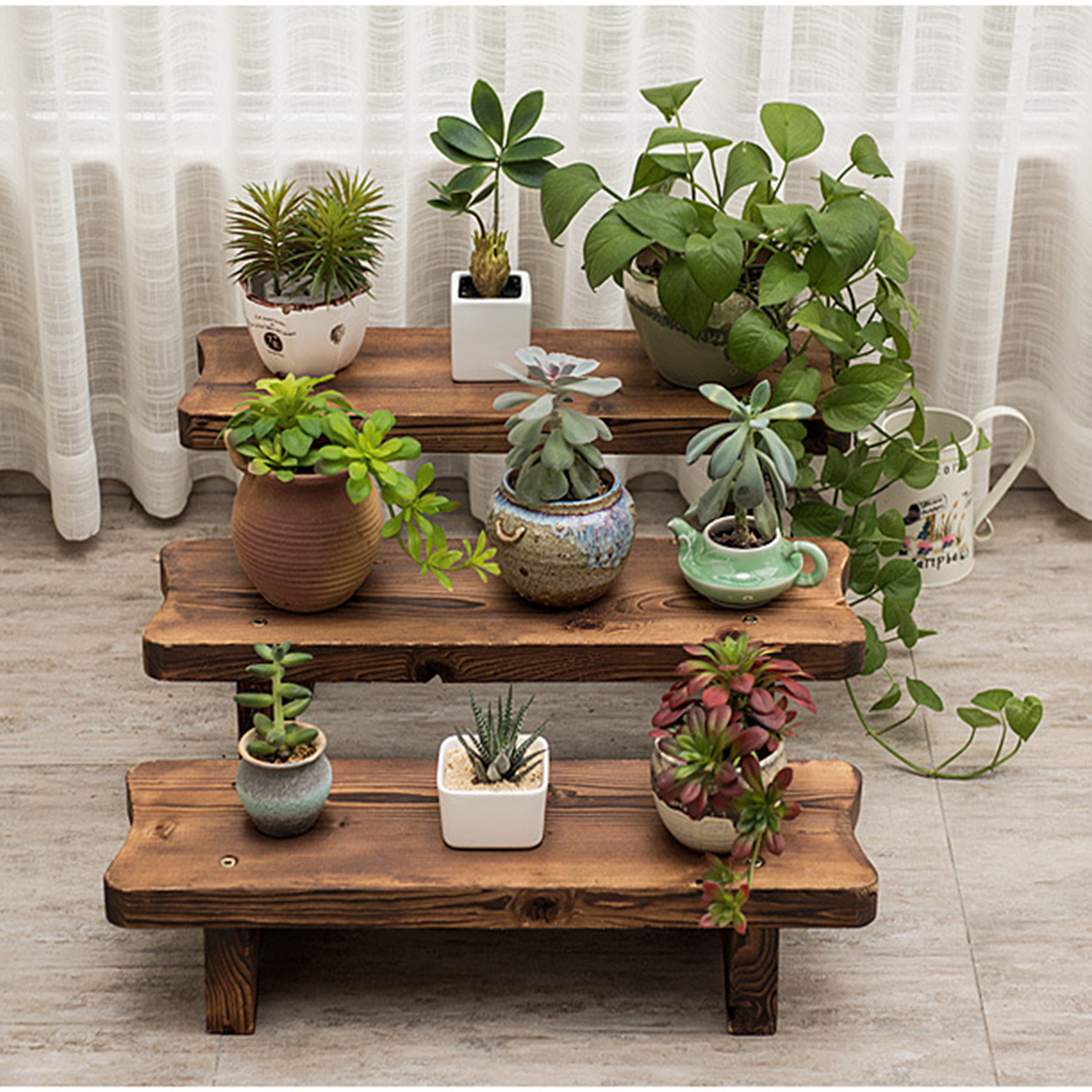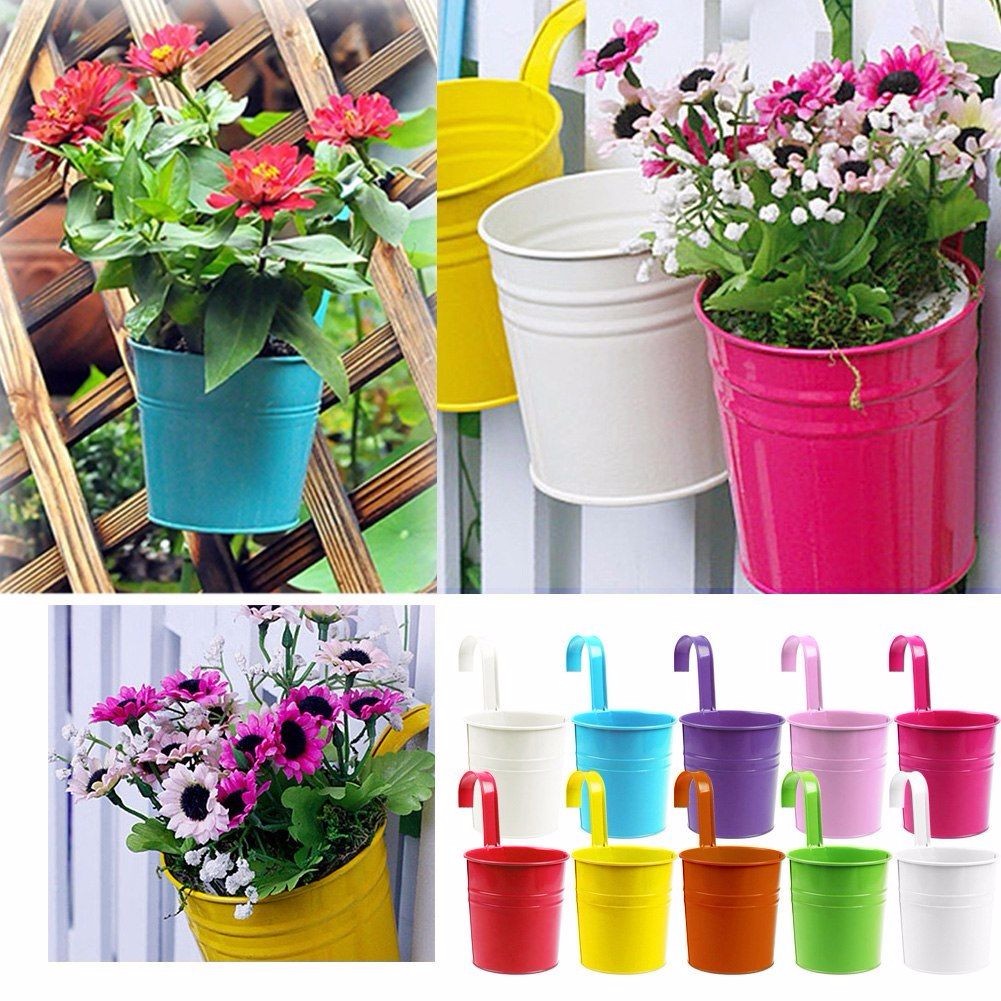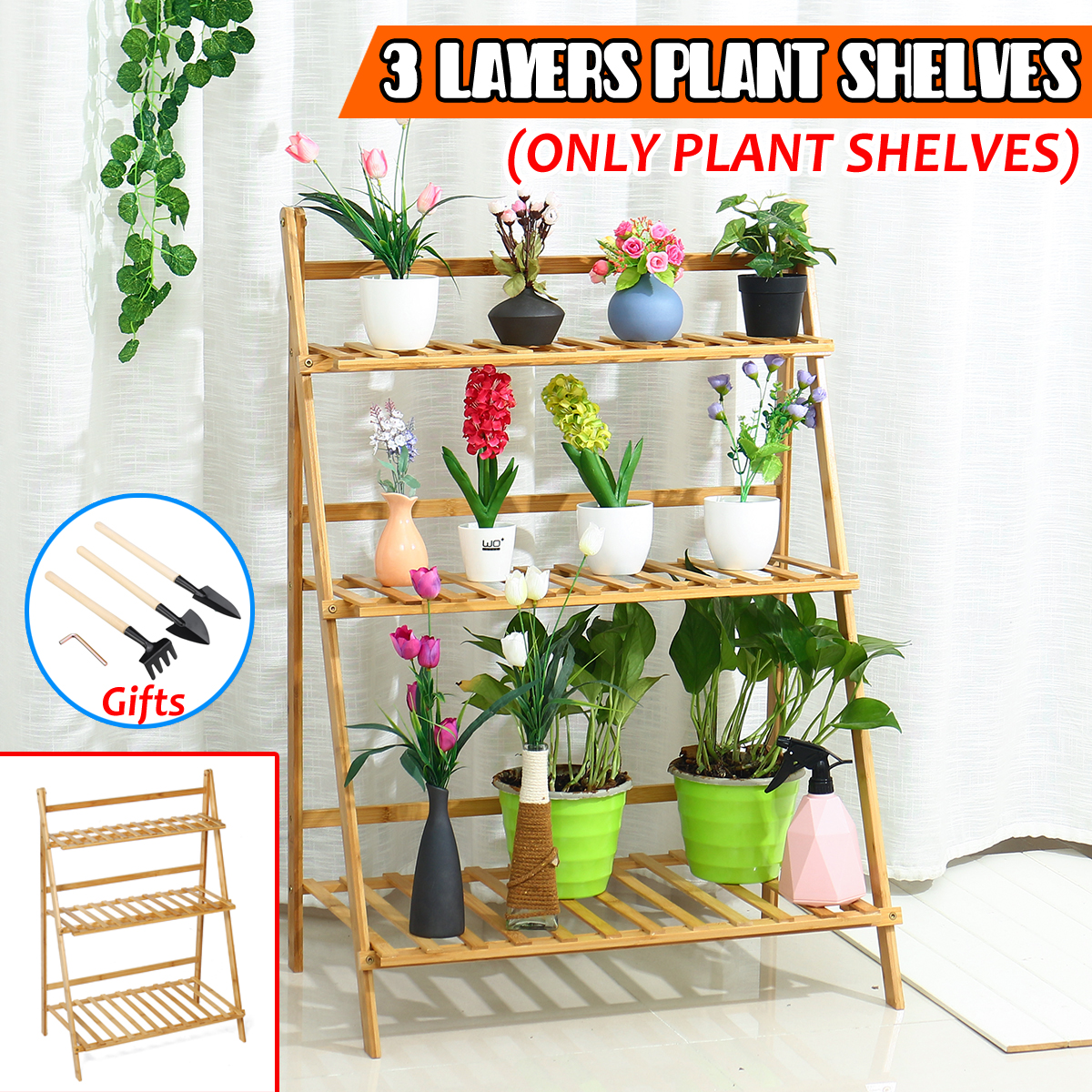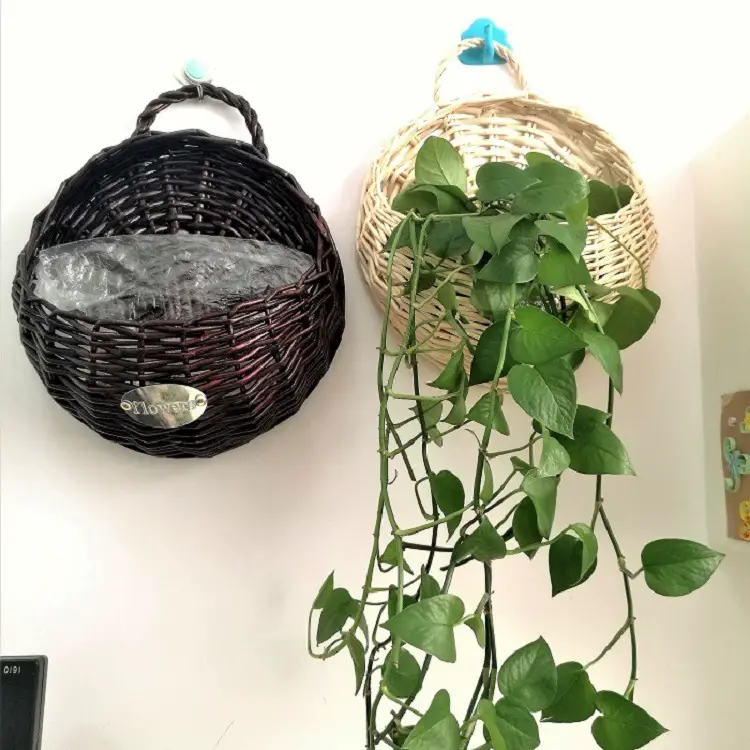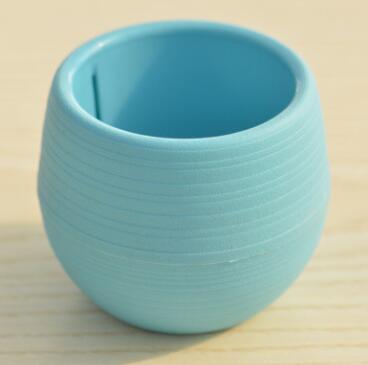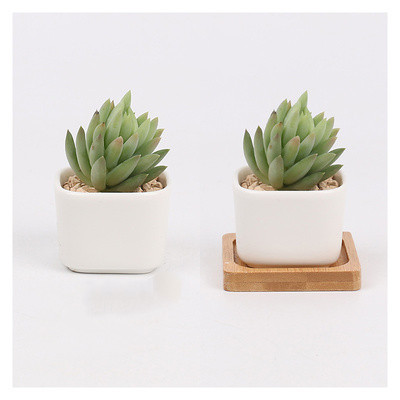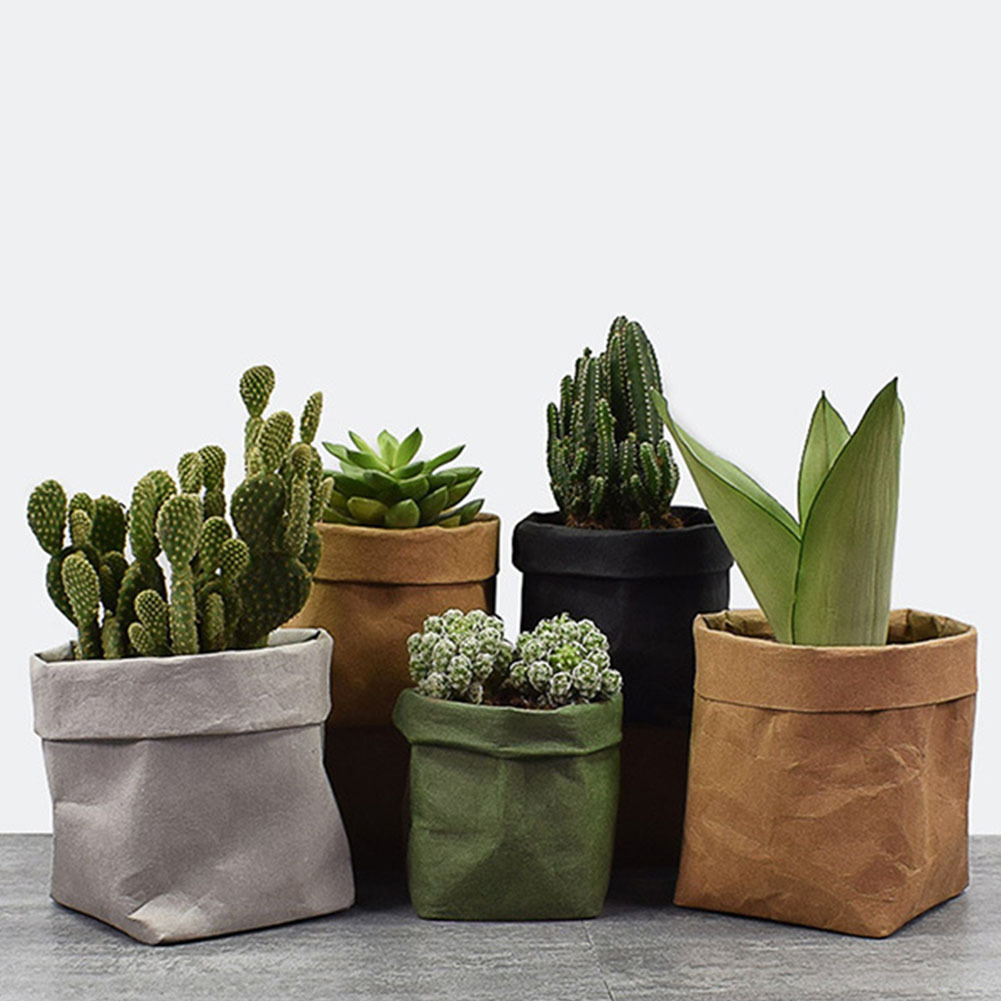Growing Delicious Vegetables in Pots and Planters
In today’s world, more people are turning to sustainable gardening practices, seeking ways to grow their own food even if they lack expansive outdoor spaces. Container gardening, the practice of growing plants in pots and planters, is an increasingly popular way for urban and suburban dwellers to cultivate fresh, delicious vegetables in limited space. Whether you have a small balcony, a sunny windowsill, or a modest backyard, growing vegetables in containers can be a rewarding endeavor that not only feeds the body but also nurtures the soul.
The Benefits of Container Gardening
Container gardening offers several advantages over traditional in-ground gardening, making it accessible and attractive to a broad range of gardeners:
-
Space Efficiency: Container gardening is ideal for those with limited space. Whether you live in an apartment or have a small yard, you can still enjoy homegrown produce.
-
Versatility and Mobility: Containers can be moved to chase the sun or avoid inclement weather. This flexibility makes it possible to optimize growing conditions for your plants.
-
Soil Control: With container gardening, you have full control over the soil quality, ensuring that your plants have the best chance to thrive without the risk of contamination from poor soil conditions.
-
Pest Management: Containers are easier to protect from common garden pests and can be elevated or covered to prevent damage.
-
Aesthetic Appeal: Pots and planters can enhance the visual appeal of your space, offering opportunities to layer color, texture, and design.
Getting Started with Container Vegetables
Before you embark on your container gardening journey, it’s important to understand the basics of what your plants will need to flourish.
-
Choosing the Right Vegetables: Almost any vegetable can be grown in a container, although root vegetables require deeper pots. Common container vegetables include tomatoes, peppers, lettuce, spinach, and herbs.
-
Sunlight Requirements: Most vegetables need at least six to eight hours of direct sunlight each day. Choose a spot that meets these lighting needs or consider using grow lights if indoor lighting is insufficient.
-
Selecting the Right Soil: Use high-quality potting soil intended for containers. These mixes are designed to retain moisture and nutrients while providing adequate drainage.
-
Watering and Drainage: Consistent watering is key. Ensure your containers have drainage holes to prevent waterlogging. But during hot months you might need to water daily.
-
Fertilization: Regular feeding with a balanced, water-soluble fertilizer contributes to healthy, robust plants.
Tips for Choosing the Best Containers for Your Garden
The type of container you use can significantly impact the success of your container garden. Consider the following when selecting containers for your vegetable garden:
-
Size: Choose a container that provides ample space for the root system of your chosen vegetables. For larger vegetables like tomatoes or eggplants, deep containers (at least 12 inches deep) are necessary.
-
Material: Containers can be made from various materials, including plastic, clay, ceramic, wood, or metal. Plastic is lightweight and retains moisture well, making it a practical choice for many gardeners, whereas clay and ceramic pots provide a more natural aesthetic but may require more frequent watering.
-
Drainage: Ensure that whatever container you choose has adequate drainage to prevent root rot. If using decorative pots without drainage holes, consider double-potting for functionality.
-
Insulation: Dark-colored containers can absorb heat and influence soil temperature, which could be beneficial or harmful depending on your climate and plant variety.
-
Mobility: Lightweight, durable materials make moving plants easy. Consider containers with attached saucers or drip trays to protect surfaces indoors or on decks.
Vegetables Perfect for Containers
Choosing the right vegetables to grow in containers can greatly impact the success and productivity of your garden. Here are some vegetables and herbs that thrive particularly well in containers:
-
Tomatoes: Miniature cherry and grape tomato varieties are particularly well-suited for container gardening.
-
Peppers: Both sweet and hot peppers grow well in containers and can add vibrant color and flavor.
-
Lettuce and Salad Greens: These grow quickly, allowing for multiple harvests throughout the season.
-
Radishes: Fast-growing and perfect for shallow containers.
-
Herbs: Basil, parsley, mint, and cilantro thrive in pots and provide fresh flavors for your kitchen.
Growing Your Own Pineapple at Home: A Guide for Beginners
While traditional vegetables are commonly grown in pots, exotic fruits like pineapples can also be cultivated in containers, adding an exciting twist to your gardening adventures.
Steps to Grow a Pineapple in a Container:
-
Selecting a Pineapple: Buy a healthy pineapple from the store and cut the leafy crown from the top, ensuring no fruit remains attached.
-
Rooting the Crown: Remove a few of the lower leaves and allow the top to dry for a couple of days. Then, suspend the crown over a glass of water so only the base of the removed leaf area touches the water.
-
Planting: Once roots appear, plant the crown in a container filled with a mix of potting soil and sand. Ensure the container is at least 10-12 inches deep to accommodate growth.
-
Sunlight and Water: Pineapples love sunlight, so place the container in a sunny spot. Water the plant thoroughly but allow the soil to dry out slightly between waterings.
-
Patience: Pineapple plants can take up to two years to begin fruiting, offering patience-building lessons to novice gardeners.
-
Fertilization: During the growing season, feed your pineapple plant with a balanced fertilizer to encourage healthy growth.
Designing Your Container Garden
Integrate your container garden into your space by considering design elements such as color schemes, textures, and arrangement.
-
Layering and Height: Use varying heights of plants to create depth. Taller plants, such as tomatoes or vertical climbing vegetables, can be placed at the back, with shorter ones like herbs in the front.
-
Color Coordination: Pair plants with complementary colors to create visual harmony. This can be achieved by mixing vegetable plants with flowering varieties.
-
Texture and Structure: Incorporate a mix of leafy greens and structured plants to add visual interest.
-
Companion Planting: Grow plants such as basil and tomatoes together to improve flavor and deter pests.
Maintaining Your Container Garden
Ongoing maintenance is key to keeping plants productive and healthy:
-
Pruning and Harvesting: Regularly prune dead leaves and stems to promote growth. Harvest vegetables when ripe to encourage further production.
-
Disease Monitoring: Keep an eye on your plants for signs of disease or pest infestation. Early detection and intervention can save your garden from widespread issues.
-
Seasonal Adjustments: As seasons change, adjust the location or shelter for your plants to maintain optimal growing conditions.
-
Mulching: Mulching helps to retain soil moisture and suppress weeds.
-
Pest Management: Use organic methods, such as neem oil, to handle pest issues if they arise.
Conclusion
Container gardening is a testament to the idea that anyone, regardless of space limitations, can cultivate a rewarding and delicious vegetable garden. So, whether you’re growing your own pineapple or tending to a flourishing herb garden, the joy of harvesting fresh produce is only a container away. By carefully selecting the right pots and plants, maintaining ideal growing conditions, and exercising patience and attention, you’ll be rewarded with a bountiful and flavorful yield. Container gardening not only contributes to your household’s food supply but also connects you with nature, enriches your living space, and offers endless opportunities for learning and growth. Now, it’s time to get your hands dirty and start your own potted paradise!


